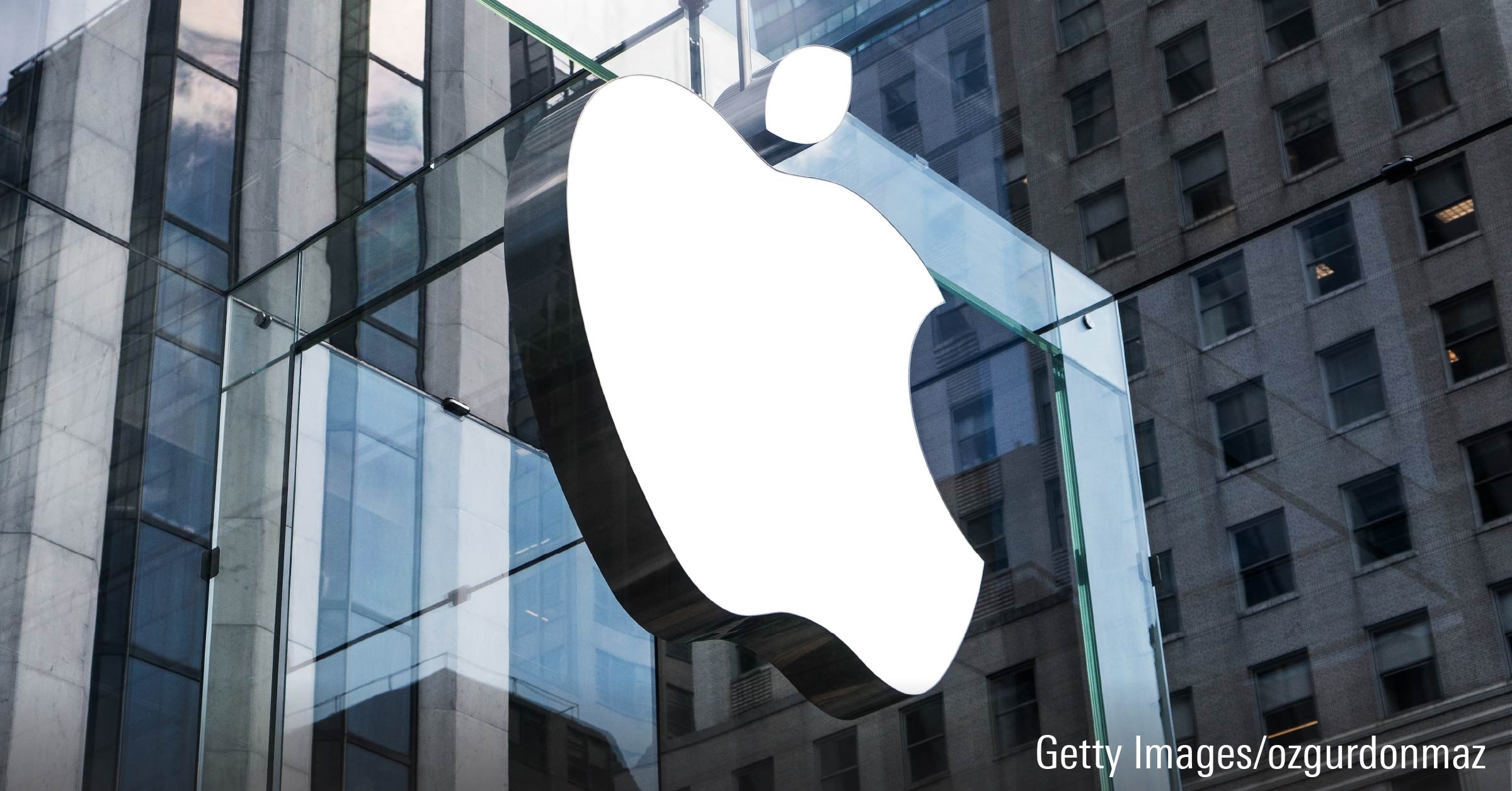U.S.-listed exchange-traded funds attracted US$188.4 billion in 2013, just shy of 2012’s record US$190.1 billion haul. Those inflows represent a growth rate of about 14% of beginning assets compared with the projected growth of about 3% for long-term mutual funds. Strong inflows, combined with market appreciation, have allowed ETF assets to hit US$1.7 trillion, or about 13% of long-term mutual fund and ETF industry assets. Let's take a look at some things we can learn from these strong ETF flows.
ETF Investors Are Different From Mutual Fund Investors
Interest in emerging markets has been strong over the past decade, thanks to improving economic fundamentals and soaring stock markets. Naturally, investment flows have followed. The investment prospects for emerging markets dimmed in 2013 as the bull market in commodities ended, the Fed's talk of tapering created liquidity concerns, and developed-markets economies improved. Investors following a tactical, market-timing model would likely have sold emerging markets, whereas long-term investors should have rebalanced into emerging-markets stocks. ETF investors sold roughly US$6.6 billion out of funds in the diversified emerging-markets category while mutual fund investors bought US$39.0 billion. ETFs such as Vanguard FTSE Emerging Markets (VWO, listed in the US) and iShares MSCI Emerging Markets (EEM, listed in the US) are heavily owned by institutions, at least 65% for each. In contrast, it is likely that the mutual funds are predominately owned by individual investors.
ETFs Hold Up Remarkably Well in the Face of Massive Redemptions
Any time a new structured financial product comes along, you should be skeptical, particularly of those created by banks that can easily tilt the playing field in their favor through complex pricing terms and legal jargon. But this skepticism can also be taken too far, in my opinion. A case in point surrounds the issue of whether there is enough physical gold to back the SPDR Gold Shares (GLD, listed in the US; also listed in Hong Kong, Singapore and Japan). One version of the conspiracy suggests that the gold backing SPDR Gold Shares is not actually in the vaults. It is always difficult to disprove a conspiracy theory, but strong evidence of the stability of the ETP structure was provided in 2013. Slow but steady economic improvement, benign inflation, and signals from the Fed that the printing press would eventually be shut deflated the fear bubble and the fear trade’s favorite asset: gold. 17,766,650 ounces of gold exited the vaults of GLD in 2013. In just one week in April, 1,503,272 ounces was pulled out. All the while GLD traded without interruption or a significant premium or discount. Gold bulls may not have liked the result, but neither did the “your ETF might collapse” conspiracy theorists.
Bond Investors Look to Bond ETFs for Liquidity
The sharp rise in interest rates and selling from bonds funds in June was instructive as to the way that institutional investors use bond ETFs. Outside of Treasury securities, bonds are relatively illiquid. Bonds trade at wider bid-ask spreads and it is often difficult to find any ready and willing buyer, let alone enough buyers to facilitate a competitive market. However, bond ETFs have proved themselves relatively liquid. I have heard anecdotes that some bond portfolio managers keep a portion of their junk-bond allocation in iShares iBoxx US$ High Yield Corporate Bond (HYG, listed in the US), in case they need to raise cash quickly without having to take a haircut by selling an individual bond. Trading volume in HYG more than doubled in June when interest rates spiked and price deviations from NAV widened. Ownership statistics support the hypothesis that investors were using HYG as a source of liquidity.
Flows by Category Group
Equity ETFs drove the charge in 2013, led by inflows of US$97.7 billion for U.S.-equity ETFs, followed by inflows of US$56.5 billion for international-equity ETFs and US$44.7 billion for sector equity ETFs. 2013 was the first calendar year in which any ETF category group had outflows for that year. In 2013, commodities funds experienced outflows of US$29.5 billion, while municipal-bond ETFs bled US$253 million. Assets in municipal-bond ETFs are still small relative to assets in municipal-bond mutual funds. At the category group level, ETFs had inflows into taxable-bond funds as outflows from several categories were more than offset by inflows to other categories.
.jpg)
.jpg)
In Part 2 of this article we will examine the US ETF fund flows at the category, individual ETF and provider level.






.png)










